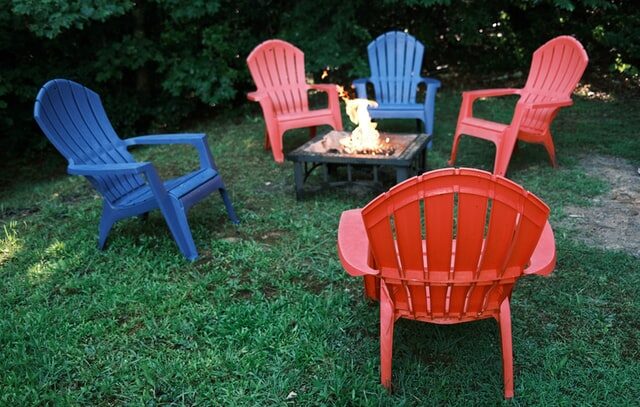In most areas of the country, residents with lawns tend to their grounds for most of the year. Other than during the winter season, when the grass is dormant, lawns grow and require regular maintenance. A beautiful lawn needs more than just occasional mowing. It also needs a watering and feeding schedule, as well as supplemental seeding on an as-needed basis.
1. Mow on a High Setting and Consistent Schedule
Cutting grass on a low mower blade setting may seem like a time and labor-efficient idea, but it stunts the growth of the root system, resulting in grass that doesn’t have the root depth to reach nutrients and moisture. Instead, set the mower to the recommended height that is ideal for the type of grass. This step allows for more robust root development and greener, healthier grass. While this technique may require slightly more frequent mowing, the benefit is that grass stays plush, and any existing weeds don’t have a chance to seed and spread. Many residents with lawns find that landscape maintenance services Kent considerably increase the beauty and quality of the property.
2. Do Not Over-Water
Much like cutting grass too short, over-watering suffocates and keeps the roots from developing into a strong network that a healthy lawn requires. Let the natural rain provide the moisture a lawn needs and water the grass during dry seasons. Just be sure to irrigate during the early morning hours for better absorption. This method also helps to avoid evaporation and prevent scorching wet grass with the sun. When irrigating, watch for water runoff into the street or adjacent properties, growth of mushrooms or fungus, or an increase in weeds or bugs. These could be signs of overwatering.
3. Feed Lawns on a Regular Schedule
Lawns also need nutrients and mineral mixtures with specific ratios for optimal health. Plan to apply in the early spring season and continue through the fall. Be mindful to read the dosages and recommended frequency as directed by the manufacturer, as more is not better! Also, research the different brands to find one that fits best for the lawn needs. Are there sporadic weeds? Is a mixture of natural, non-chemical materials the best solution for the surrounding environment? Is there a pest control issue, such as grub worms or crickets that destroy the roots? Are there dead patches that need to be reseeded? There are products and solutions for nearly every lawn need.
The feature that is seen most with regards to curb appeal is a flourishing green and well-maintained lawn. While lawn maintenance does require some work, a simple care routine ensures that grass thrives and appears as a plush green carpet for bushes, trees, pets, and people. A well-maintained lawn is good for the environment!

